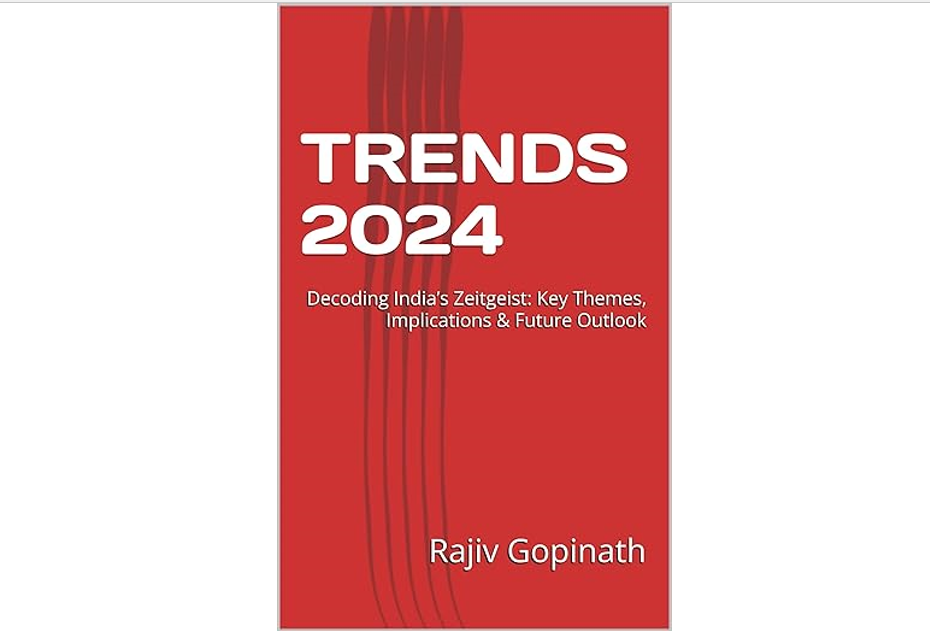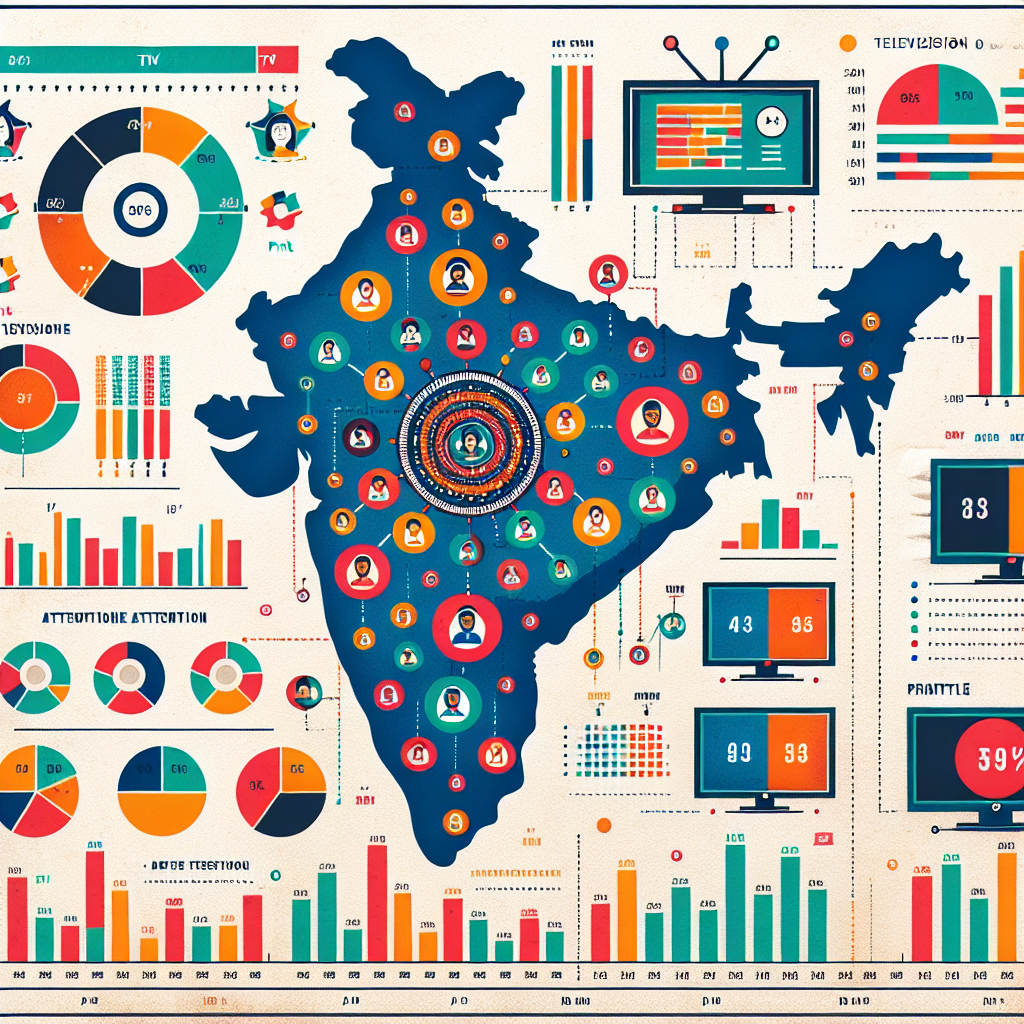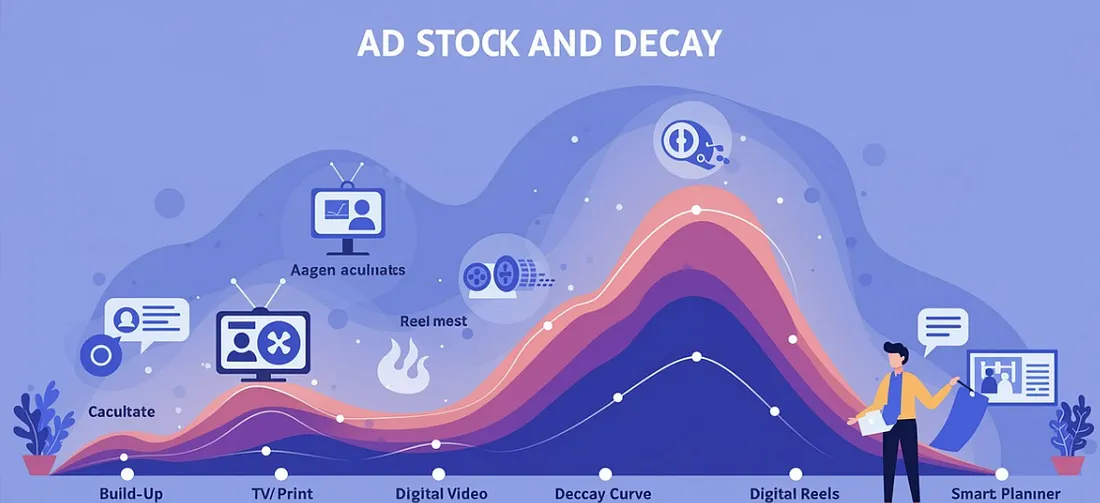The Role of Dark Patterns in Digital Marketing and Ethical Concerns
Introduction: The Ethical Crossroads of Digital Marketing
In the rapidly evolving landscape of digital marketing, conversion optimization strategies have increasingly incorporated psychological triggers to influence consumer behavior. Among these, dark patterns—deliberately deceptive user interface designs that manipulate users into making unintended decisions—have emerged as controversial yet widespread tactics. As Richard Thaler and Cass Sunstein noted in their influential work on choice architecture, "small and apparently insignificant details can have major impacts on people's behavior." Today's sophisticated digital environments have amplified this effect, creating an ethical dilemma at the intersection of marketing effectiveness and consumer autonomy. This article explores the proliferation of dark patterns in digital marketing, their psychological underpinnings, ethical implications, and the emerging regulatory frameworks designed to curtail their use.
1. The Taxonomy of Dark Patterns: From Nudge to Manipulation
Dark patterns exist on a spectrum from subtle influence to outright deception, manifesting in several recognized categories:
a) Forced Continuity & Hidden Costs
These patterns obscure the true cost of products or services by revealing additional fees only at checkout or making cancellation deliberately difficult. Example: Amazon Prime's cancellation process was found to contain 6 separate confirmation pages designed to discourage users from completing the cancellation, a process the Norwegian Consumer Council termed a "roach motel" design.
b) Misdirection & Confirmshaming
These tactics guide users toward preferred options through visual hierarchy, color psychology, or guilt-inducing language. Example: LinkedIn's user onboarding process employs multiple screens that make skipping contact uploads seem like an error, with options to "skip" intentionally de-emphasized.
c) False Urgency & Scarcity
Creating artificial time pressure or limited availability to accelerate decision-making. Example: Booking.com has faced regulatory scrutiny for messages indicating "3 other people looking at this property right now" or "Last room available," claims often generated algorithmically rather than reflecting actual scarcity.
d) Data Dark Patterns
Increasingly sophisticated approaches to extract consent for data collection through misleading interfaces. Example: A 2021 study from MIT documented how cookie consent banners across 94% of popular websites employed manipulative designs to maximize data collection permission.
The effectiveness of these patterns stems from established cognitive biases including loss aversion, social proof, and decision fatigue—psychological principles well-documented by behavioral economists like Daniel Kahneman.
2. The Business Impact: Short-Term Gains vs. Long-Term Consequences
Organizations implementing dark patterns often experience measurable short-term conversion improvements:
- Increase in sign-up rates (15-30%)
- Higher initial purchase completion (10-25%)
- Reduced subscription cancellations (20-40%)
However, longitudinal studies reveal significant downstream consequences:
- Customer trust erosion (Harvard Business Review found brands using dark patterns experienced 40% lower trust scores)
- Negative word-of-mouth (users are 3x more likely to share negative experiences with manipulative interfaces)
- Brand reputation damage (62% of consumers report permanently avoiding brands after discovering manipulative practices)
The KPMG Consumer Loss Barometer indicates that 19% of consumers would stop purchasing from a company they perceived as unethical in their digital practices, representing significant lifetime customer value erosion.
3. The Regulatory Landscape: From Self-Regulation to Enforcement
The proliferation of dark patterns has triggered escalating regulatory responses:
a) Legislative Frameworks
- The EU's Digital Services Act explicitly prohibits certain dark patterns
- California's CPRA introduced specific language against deceptive interfaces
- The proposed DETOUR Act aims to regulate manipulative design nationally
b) Enforcement Actions
- The FTC's $10 million settlement with Noom for subscription dark patterns
- European data protection authorities' coordinated action against cookie consent manipulation
- The UK's CMA investigation into misleading online review practices
c) Industry Response
Forward-thinking organizations like Microsoft and Apple have published ethical design principles, while the IAB's transparency framework represents an attempt at self-regulation. However, critics note these efforts often lack meaningful accountability mechanisms.
4. The Ethical Marketing Alternative: Value-Driven Engagement
Leading brands are demonstrating that ethical alternatives to dark patterns can drive sustainable growth:
a) Transparent Value Proposition
- Patagonia's clear communication of environmental impact throughout the purchase journey
- Everlane's "radical transparency" approach to pricing and production
b) Empowered Consumer Choice
- Duolingo's straightforward toggle between free and premium features
- Mozilla's browser privacy settings that prioritize clear user control
c) Trust-Building Interfaces
- Signal's messaging platform uses simple, jargon-free privacy explanations
- Basecamp's transparent pricing model without hidden costs or forced continuity
Harvard Business School professor Bharat Anand notes that "customer-centric companies focus on value creation first, not value capture," an approach that produces 23% higher customer lifetime value according to Forrester Research.
5. Conclusion: The Future of Ethical Digital Marketing
As AI and predictive analytics further advance marketers' ability to influence behavior, the ethical stakes of dark pattern usage will only increase. Organizations face a critical choice between short-term conversion optimization and sustainable relationship building.
The future of ethical digital marketing lies in designing for consumer agency rather than exploitation. This requires:
- Adopting transparent design principles across customer journeys
- Implementing ethical governance frameworks for marketing technology
- Embracing accountability through third-party ethical audits
As consumer awareness grows and regulatory pressure intensifies, dark patterns represent not just an ethical liability but an increasingly risky business strategy. The most innovative marketers are already demonstrating that ethical design and business success are not just compatible but mutually reinforcing in building sustainable digital relationships.
Call to Action
For marketing leaders looking to navigate this evolving ethical landscape:
- Conduct an audit of your digital touchpoints to identify potential dark patterns
- Establish clear ethical guidelines for your UX/UI design and marketing teams
- Invest in transparent communication training for customer-facing staff
- Join industry initiatives promoting ethical design standards
- Consider third-party ethical certification to differentiate your brand
The organizations that prioritize ethical engagement now will be better positioned to build lasting consumer trust in an increasingly scrutinized digital marketplace.
Featured Blogs

TRENDS 2024: Decoding India’s Zeitgeist: Key Themes, Implications & Future Outlook

How to better quantify attention in TV and Print in India

AI in media agencies: Transforming data into actionable insights for strategic growth

How the Attention Recession Is Changing Marketing

The New Luxury Why Consumers Now Value Scarcity Over Status

The Psychology Behind Buy Now Pay later

The Rise of Dark Social and Its Impact on Marketing Measurement

The Role of Dark Patterns in Digital Marketing and Ethical Concerns

The Future of Retail Media Networks and What Marketers Should Know
Recent Blogs

Ad Stock & Decay: The Invisible Hand Guiding Media Schedules

The Big Mac Illusion:What a Burger Tells Us About Global Economics

When Search Starts Thinking How AI Is Rewriting the Discovery Journey

CEP Tracker The Modern Brand Health Metric

Cracking Growth: How to Leverage Category Entry Points (CEPs) for Brand Advantage

